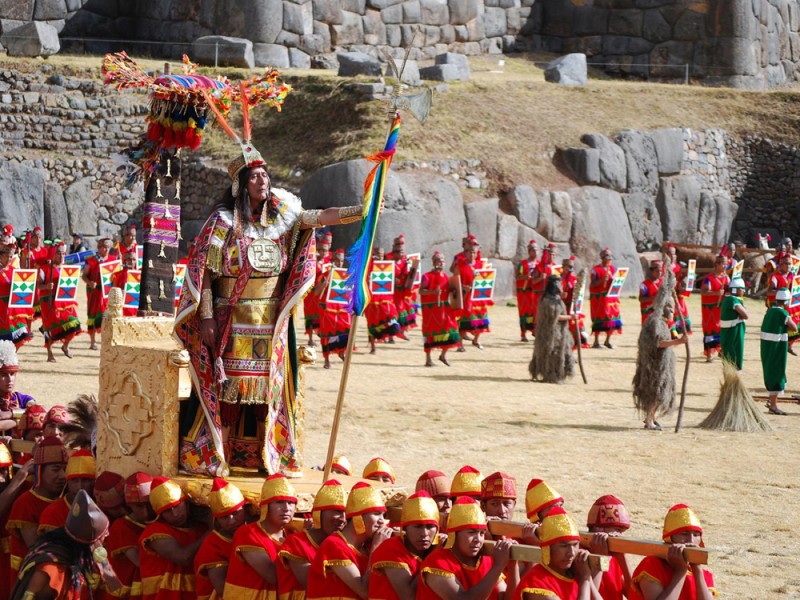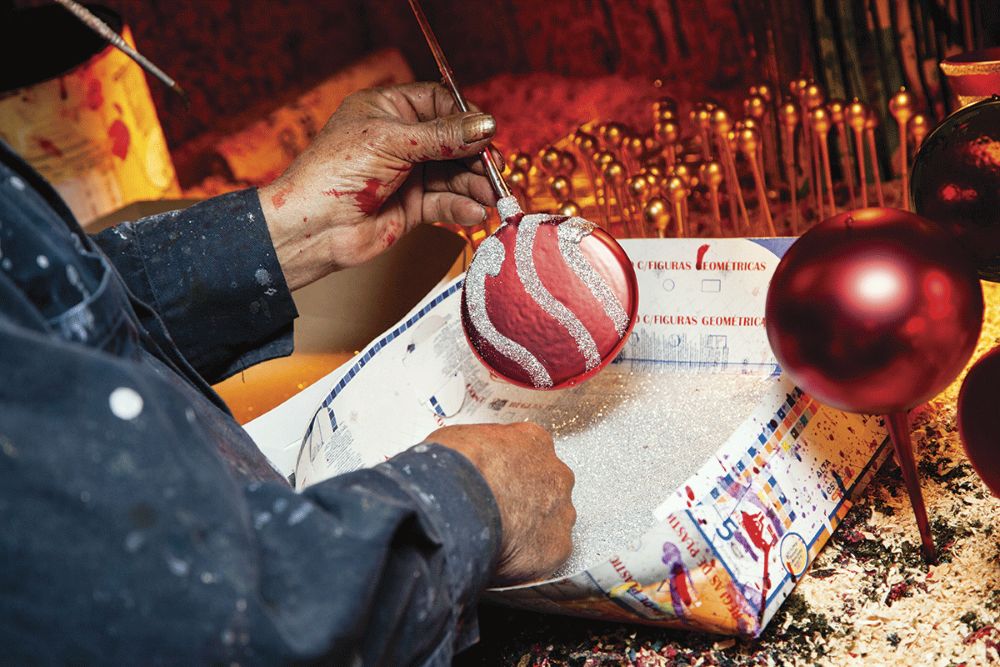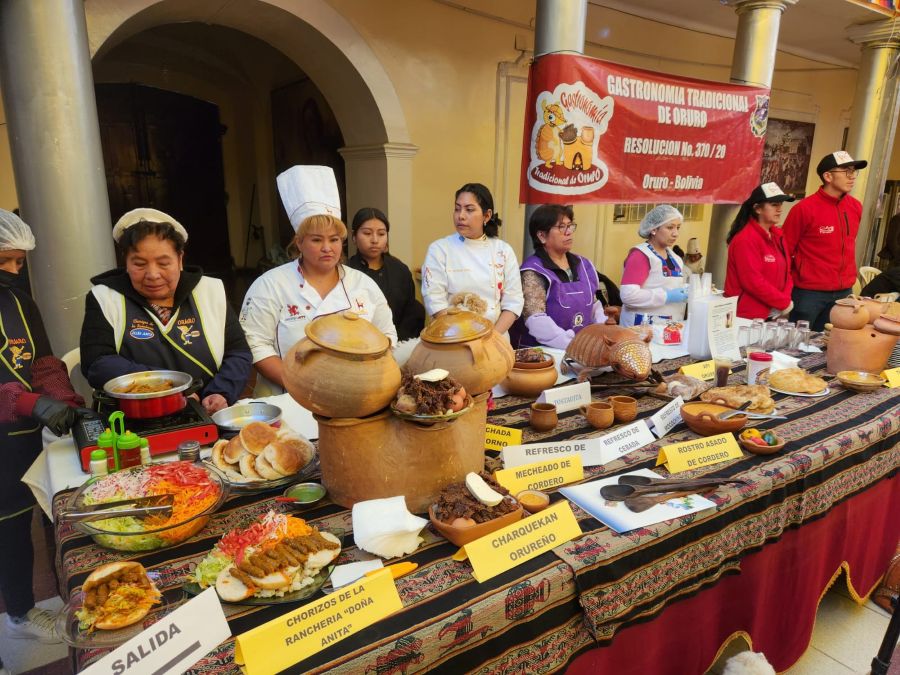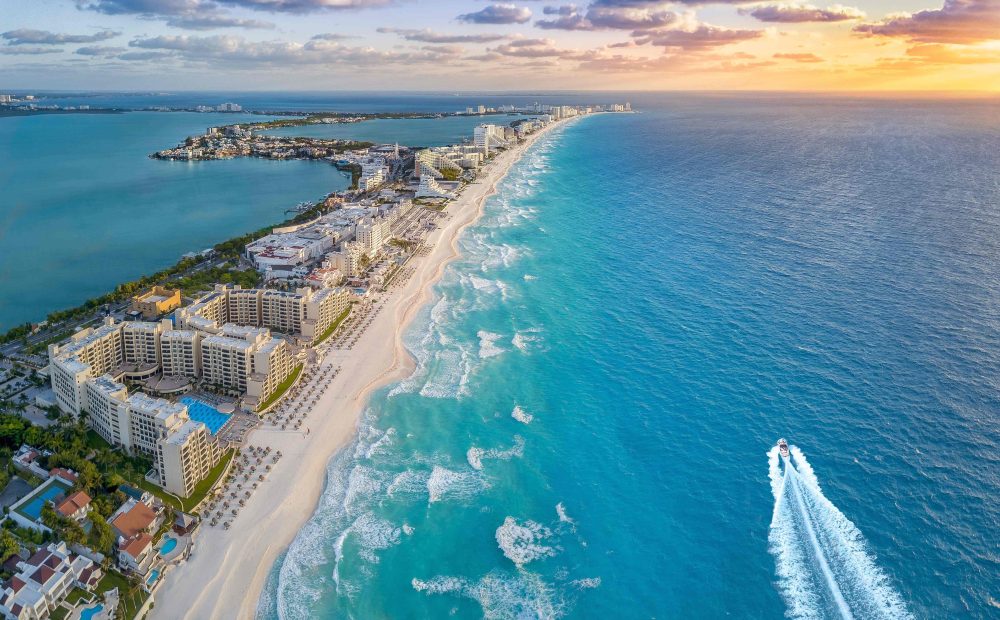ECUADOR
03/06 – Danzante de Pujilí
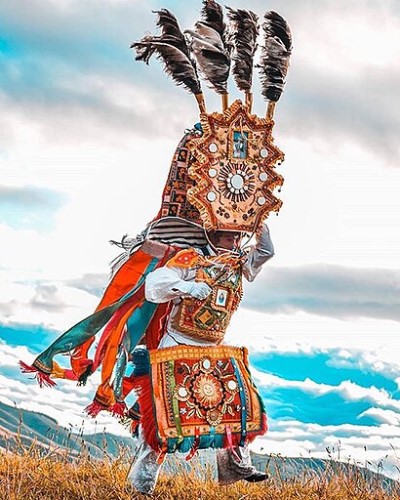
“El Danzante de Pujilí” is an emblematic cultural celebration during the Fiesta de Corpus Christi, a UNESCO intangible heritage site held in the town of Pujilí in the province of Cotopaxi.
This festival is a perfect example of the blending of indigenous pre-Columbian and Catholic traditions. It traditionally takes place in the first week of June. It is one of the most important and impressive celebrations in the country, attracting thousands of visitors every year. More than 70 “comparsas”, made up of dancers and musicians dressed in colourful costumes adorned with feathers and mirrors, parade through the streets of the city to the sound of traditional rhythms. The festivities provide an opportunity to discover the exquisite local gastronomy as well as the handicrafts of the region.
BRAZIL
from 13/06 to 29/06 – Festas Juninas – all over the country
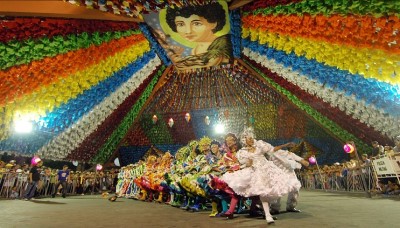
This is a traditional folk festival inspired by St John’s Day celebrations in Europe. Although these festivals were originally held in rural areas, they are now celebrated all over the country! The programme includes fireworks, traditional dances, concerts, cultural events and rural gastronomy, mainly from the north-east of the country, where the two biggest festivals are held in the towns of Campina Grande and Caruaru.
CHILE and ARGENTINA
24/06 – We Tripantu
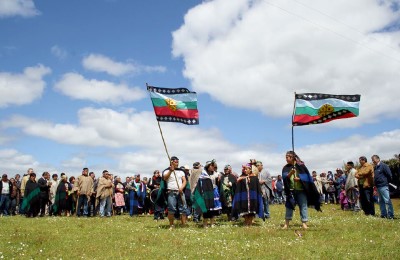
We Tripantu, or “Mapuche New Year”, is a traditional celebration of the Mapuche people. This festival corresponds to the winter solstice in the southern hemisphere and marks the start of the year 12 490 in the Mapuche calendar.
We Tripantu is celebrated with spiritual ceremonies, rituals, dance, music, traditional meals and the sharing of ancestral tales and stories. It’s a time to thank nature and spiritual beings for the blessings of the past year, and to ask for protection and prosperity in the year to come.
PERU
24/06 – Inti Raymi – Cuzco region
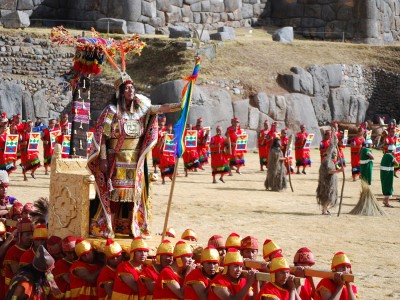
Inti Raymi, the famous Festival of the Sun, is an unmissable tradition in Peru. Inherited from the Inca Empire, this annual celebration pays homage to the sun god, Inti, and symbolises the indissoluble union between the sun and mankind. Considered the second most popular festival in Latin America, after the Rio de Janeiro carnival, Inti Raymi is a major cultural event that attracts visitors from all over the world.
The Festival of the Sun has existed since the time of the Incas and takes place every year on the solstice. The festivities are a veritable explosion of colour, with shimmering traditional costumes, sumptuous banquets and spellbinding musical performances. The main event takes place in the ancient fortress of Sacsayhuaman, north of the city of Cusco. This imposing fortress was seen as a demonstration of the power of the Incas, and provides a spectacular backdrop for the Inti Raymi celebrations.
The Quechua tradition of Inti Raymi is celebrated throughout the Andes, and in Bolivia the New Year is celebrated in Tiwanaku, a place to which we recently devoted an article that you can find here: Tiwanaku: Tiwanaku: An archaeological treasure full of mysteries
In Ecuador, the Inti Raymi festivities take place in Otavalo in the province of Imbabura, and also in Cayambe in the province of Pichincha.

